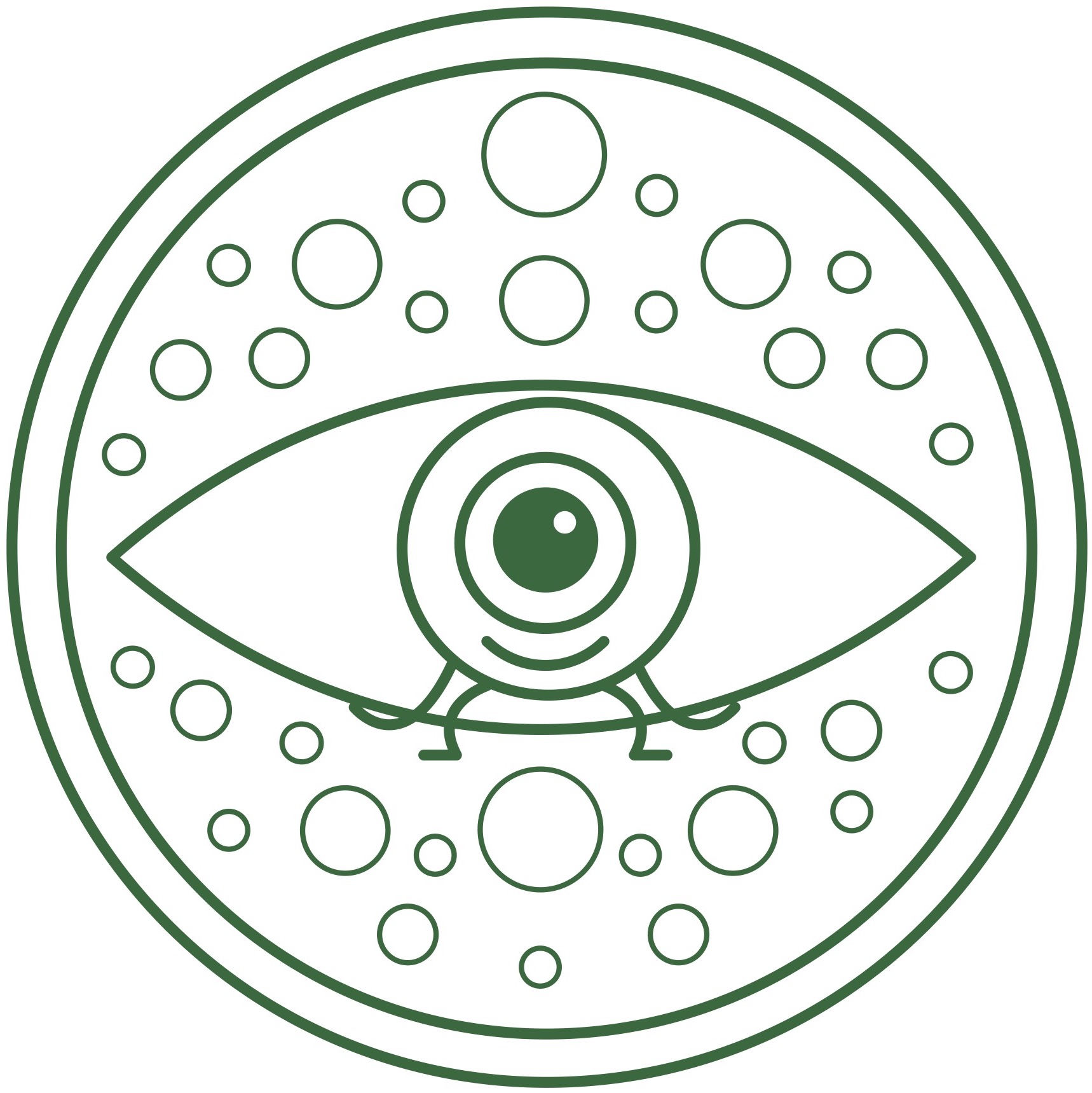PROJECT 14
fMRI-based assessment of connectivity in the visual cortex in advanced glaucoma
POSITION FILLED
Why?
Glaucoma is a neurodegenerative disease of the optic nerve which results in characteristic functional and structural changes. While it has its origin in optic nerve damage, it subsequently affects the entire visual pathways from the eye to the brain. Restoring vision in advanced glaucoma also requires being able to assess functional damage and putative function recuperation of restored visual pathway and brain function. Project results will find their use both in staging patients, as well as in assessing the effects of future therapeutic approaches.
How?
We will use functional magnetic resonance imaging (fMRI) at 3 and 7 Tesla to assess damage and (future) restoration of visual pathway function. Our focus will be on using methods that do not require visual stimulation to assess function, such as resting-state fMRI and connective field analysis. A particular interest will be in assessing the (possibly disturbed) relationship between remaining cortical function and the integrity of the cortical blood supply (perfusion). Candidates with the skills and interest to do so, may also work on refining and further developing methods. In case sufficient previously scanned patients are willing to return to the lab, we may also rescan them to detect the presence of cross-sectional differences and longitudinal changes in functional connectivity.
What can you expect?
You will learn to use fMRI at 3 and 7 Tesla magnetic field strengths in combination with advanced computational approaches such as connective field analysis and population receptive field mapping. You will learn to use these techniques to quantify remaining visual pathway function at different stages of glaucoma, including the advanced stage. Besides such project specific skills, you will also be able to gain experience and expert insight into ophthalmic assessments such as perimetry and OCT, and glaucoma care. You will benefit from the broad and extensive academic exchange in our vibrant, interdisciplinary research teams as well as national and international scientific networks.
Where?
You will be embedded in (1) in the Laboratory of Experimental Ophthalmology (PI: Cornelissen) which tightly collaborates with the Center for Neuroscience (CNC; PI: Renken) both at the University Medical Center Groningen (UMCG) of the University of Groningen, The Netherlands, and (2) the Section for Clinical and Experimental Sensory Physiology of the Department of Ophthalmology of the Otto-von-Guericke University Magdeburg, Germany (PI: Hoffmann). Both sites have active neuroscience communities and a strong focus on the basic and translational investigation of structure and function in health and eye and brain diseases, including glaucoma.
Who are we looking for?
You have a deep interest in translational and basic visual neuroscience. Experience with quantitative approaches in functional neuroscience and well-developed programming skills (e.g. Python, PsychoPy, R, MatLab, PsychToolbox) are close-to-essential requirements. Experience in systematic data-acquisition, brain-imaging, scientific writing and communication are all desirable skills. Candidates with a background in vision science, neuroscience, neuroimaging, experimental psychology, ophthalmology, engineering, biology, physiology, physics, mathematics or commensurate experiences will be considered.
References
- Joana Carvalho, Remco J. Renken, and Frans W. Cornelissen (2019). Studying Cortical Plasticity in Ophthalmic and Neurological Disorders: From Stimulus-Driven to Cortical Circuitry Modeling Approaches. Neural Plasticity: https://doi.org/10.1155/2019/2724101
- Azzurra Invernizzi, Koen V. Haak, Joana C. Carvalho, Remco J. Renken, Frans W. Cornelissen (2022). Bayesian connective field modeling using a Markov Chain Monte Carlo approach. Neuroimage: https://doi.org/10.1016/j.neuroimage.2022.119688
- Joana Carvalho, Azzurra Invernizzi, Joana Martins, Remco J. Renken, Frans W. Cornelissen (2022). Local neuroplasticity in adult glaucomatous visual cortex. Biorxiv: https://doi.org/10.1101/2022.07.04.498672.
- Prabhakaran G, Al-Nosairy K, Tempelmann C, Wagner M, Thieme H, Hoffmann MB (2021). Functional dynamics of de-afferented early visual cortex in glaucoma. Frontiers in Neuroscience: https://doi.org/10.3389/fnins.2021.653632
POSITION FILLED
